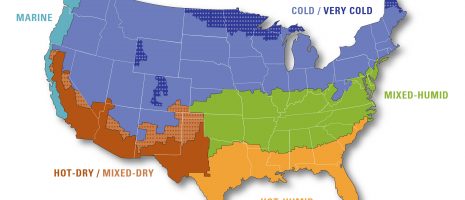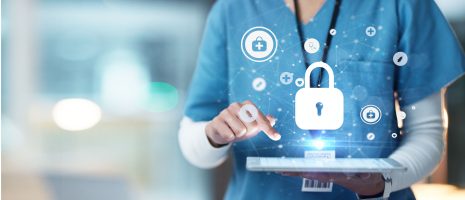Local Law 97: “Good Faith Efforts” Rules Update

By Donald Jagoda
Under New York City’s Local Law 97, owners of buildings over 25,000 square feet are required to annually report GHG emissions starting in calendar year 2024. The law is part of the City’s long range 80 x 50 plan to cut emissions 80% by 2050. LL97 sets GHG limits for four reporting periods, calendar years 2024-2029, 2030-2034, 2035-2040, and 2040-2050, and imposes significant fines for excessive emissions.
Through new rules released September 12, 2023, the DOB has amended Local Law 97 to allow building owners to mitigate fines in the first reporting period, 2024 – 2029, by demonstrating a “good faith effort” to de-carbonize their buildings, which is defined in the new rules. The new rules also encourage “beneficial electrification”, which allows emissions due to qualifying electric heating/cooling/domestic hot water equipment to be subtracted from a building’s emissions report. Requirements for qualifying equipment and requirements for sub-metering/calculating the energy use from qualifying equipment is further defined in the new rules.
Pre-requirements to be able to apply for a good faith effort are as follows:
- Building owner must submit their LL97 building emissions report by May 1, 2025.
- Building owner must submit their LL84 benchmarking report by May 1, 2025.
- Building owner must attest that they are in compliance with lighting upgrades and tenant sub-metering requirements as required by LL88 by May 1, 2025.
Several paths are available to display a good faith effort per the DOB, and they are described as:
- Building owner submits a de-carbonization plan due by May 1, 2025.
a. This includes an energy audit, building equipment inventory, implementation schedule, and capital plan. This also includes a timeline for each ECM implementation, alteration, or change to building operation that will result in the building meeting required emissions reductions during each compliance period, from the first reporting period through net-zero energy use in 2050.
b. Following the plan, the building must prove that work necessary to meet its 2024 -2029 emissions limit is complete by May 1, 2026, and must prove that work necessary to meet its 2030 – 2035 emissions limit is approved to be completed by the DOB by May 1, 2028.
c. This path will result in the building owner being restricted from purchasing RECs for compliance in the 2024 -2029 period. - Building owner submits an approved DOB application for work that will result in the building meeting its 2024 – 2029 emissions limit, along with a timeline for completion and estimated emissions reductions from the work.
- Building owner provides evidence that electrical service upgrades for electrification are occurring, with certification that the electric utility has received the work request and has an approved load letter for service alterations.
- Building owner submitted a building emissions report during the 2024 -2029 period that shows the building was under the limits at one point during the first reporting period.
a. For Ex: If 2024 was under limits, but 2025 or later was over limits, 2025 fines can be mitigated. - Building owner owns a “Critical” facility or applied for a “Financial Hardship” adjustment by the DOB.
If you’d like to learn more about how Lilker, an IMEG company, can help you comply with LL97, please reach out to Donald Jagoda at Donald.P.Jagoda@imegcorp.com.












